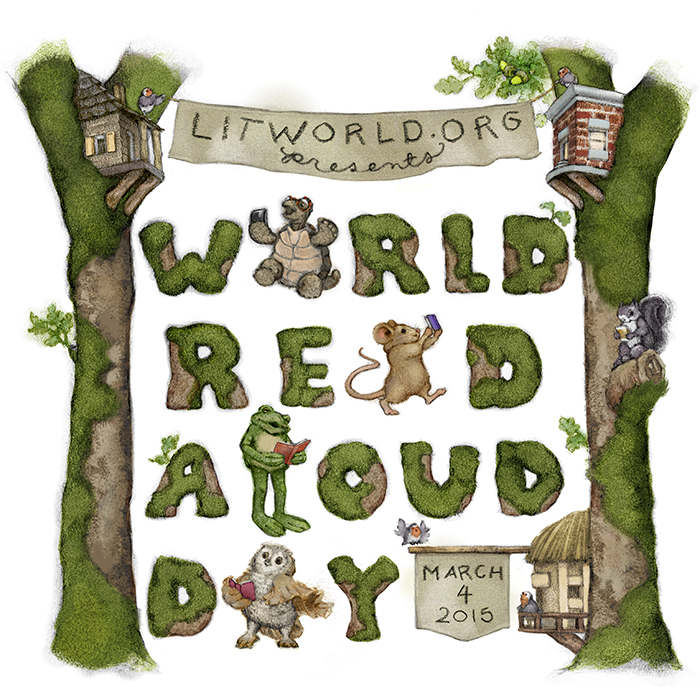Note: Sorry for the delay! This post was originally from December, at the end of our warlords unit.
The Revolution
In Social Studies 9, students ended our Warlords unit with a non-violent protest, that resulted in a government coup. A group of insurgents organized a demonstration, in which students surrounded Empress Lau and chanted, "Empress Lau must Go!" Empress Lau was exiled to Mongolia.
 |
| Students wore robes to protest Empress Lau's Kimono, a symbol of her power. |
 |
The Tools of the Revolution:
Students held bags of rice (Koku) in protest of the empire's unfair distribution of wealth and wore buttons that read "Empress Lau Must Go." |
 |
Unity Flag-
The different castles combined their colors to show they would not be pitted against one another. |
After the coup, anarchy persisted for a short amount of time, but the rebels quickly organized and set up democratic elections. Using this system, the rebels elected a president and cabinet members.
 |
| The leaders of the Rebellion. These students set up community meetings several days proceeding the overthrow to plan a strategy for dismantling Empress' Lau's regime and implementing a new government. |
 |
| Students created posters and platforms to run for President. |
 |
| The Elected President (right) and Vice President (left) of the new democracy. |
 |
| The elected Cabinet Members. |
 |
| The Shogun winners- These students kept their position as Shogun as figureheads in the new government. |
 |
| The class under the new democracy. |
Shogun Wrap Up
In Social Studies 10, we wrapped up our simulation by announcing the new Shogun. Students celebrated with their castle groups.




































